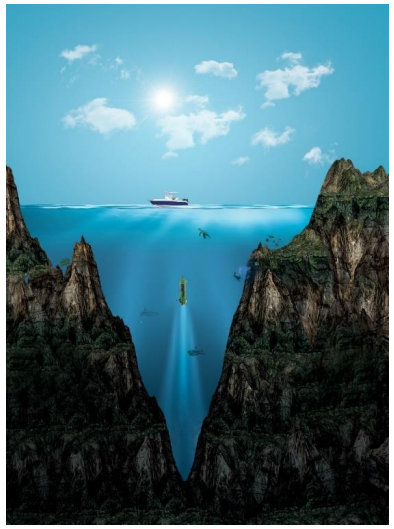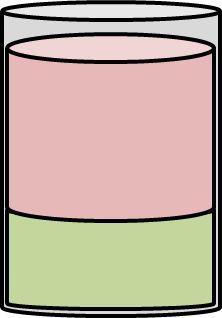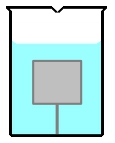Pressure is a fundamental concept defined as the force applied per unit area, expressed mathematically as:
\[ P = \frac{F}{A} \]
where \( P \) is pressure, \( F \) is force, and \( A \) is area. The standard unit of pressure is the Pascal (Pa), which is equivalent to one Newton per square meter (N/m²). Understanding pressure is crucial, as it describes how force is distributed over a surface.
To illustrate this, consider two identical wooden blocks with a density of 800 kg/m³ and dimensions of 0.2 m x 0.2 m x 1 m. When these blocks are placed on a horizontal surface, they exert pressure on that surface due to their weight. The weight of each block can be calculated using the formula:
\[ F = mg \]
where \( m \) is mass and \( g \) is the acceleration due to gravity (approximately 10 m/s² for simplification). The mass can be derived from the density and volume:
\[ m = \rho V \]
where \( \rho \) is density and \( V \) is volume. The volume of the block is calculated as:
\[ V = 0.2 \times 0.2 \times 1 = 0.04 \, \text{m}^3 \]
Thus, the mass of the block is:
\[ m = 800 \, \text{kg/m}^3 \times 0.04 \, \text{m}^3 = 32 \, \text{kg} \]
Substituting this mass into the weight formula gives:
\[ F = 32 \, \text{kg} \times 10 \, \text{m/s}^2 = 320 \, \text{N} \]
Now, to find the pressure exerted by the block on the surface, we calculate the area of contact:
\[ A = 0.2 \times 0.2 = 0.04 \, \text{m}^2 \]
Thus, the pressure is:
\[ P = \frac{F}{A} = \frac{320 \, \text{N}}{0.04 \, \text{m}^2} = 8000 \, \text{Pa} \]
In a different orientation, where the block has a larger area of contact, the pressure will be lower due to the same force being distributed over a larger area. This illustrates that pressure is inversely related to area when force remains constant.
Another important concept is atmospheric pressure, which is the pressure exerted by the weight of air molecules surrounding us. At sea level, the standard atmospheric pressure is approximately:
\[ P_{\text{atm}} = 1.01 \times 10^5 \, \text{Pa} \]
This value can also be expressed as 1 atmosphere (1 ATM) for convenience. Atmospheric pressure can vary with altitude; it decreases as one ascends to higher elevations.
To calculate the force exerted by atmospheric pressure on the top surface of the blocks, we can use the relationship:
\[ F = P \times A \]
For the first block, with an area of 0.04 m², the force is:
\[ F = 1.01 \times 10^5 \, \text{Pa} \times 0.04 \, \text{m}^2 = 4040 \, \text{N} \]
This force represents the weight of the air above the block, which is substantial, equivalent to the weight of approximately 400 kg.
For the second block, with a larger area of 0.2 m², the force becomes:
\[ F = 1.01 \times 10^5 \, \text{Pa} \times 0.2 \, \text{m}^2 = 20200 \, \text{N} \]
This demonstrates that a larger surface area results in a greater force due to the increased weight of the air above it.
In summary, understanding pressure, its calculation, and the effects of atmospheric pressure are essential in various scientific and engineering applications. The relationship between force, area, and pressure is foundational in physics, influencing how we interact with the physical world.





